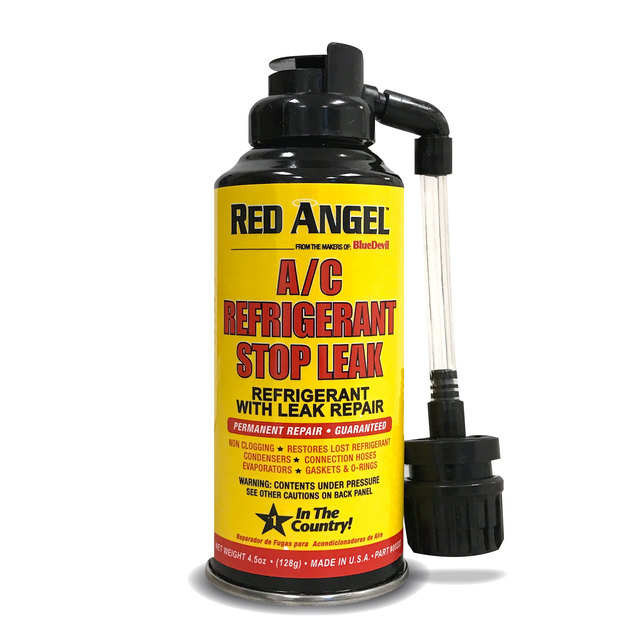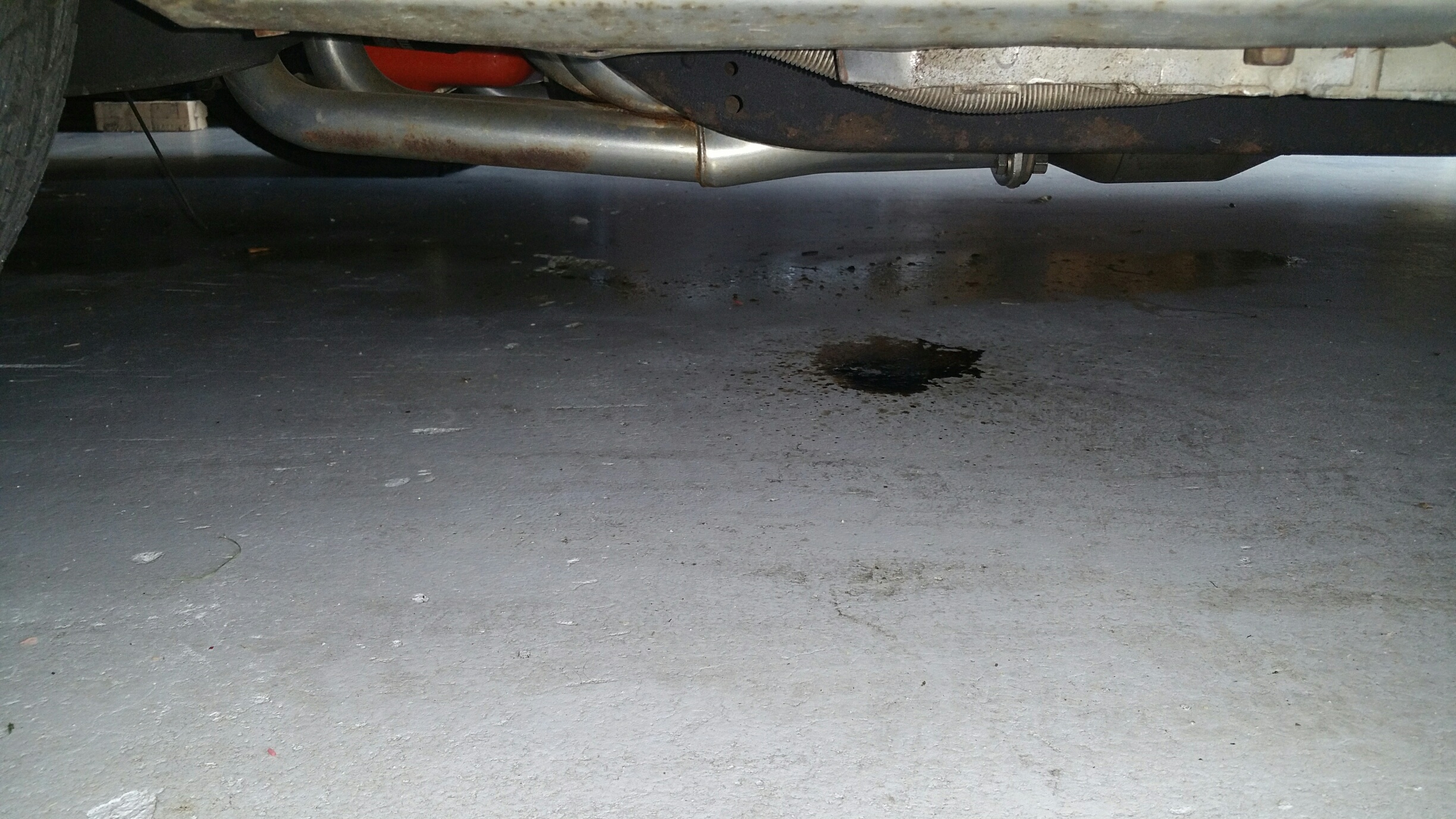

- #Blue devil coolant stop leak on glass cracked
- #Blue devil coolant stop leak on glass driver
- #Blue devil coolant stop leak on glass skin
#Blue devil coolant stop leak on glass skin
IF EYES OR SKIN BECOME IRRITATED, RINSE WITH COLD WATER IMMEDIATELY.

BlueDevil can remain in the system.ĬAUTION! KEEP AWAY FROM CHILDREN AND AVOID EYE OR SKIN CONTACT. Top off radiator with clean antifreeze or water.Allow vehicle to idle for 45 minutes with the radiator CAP ON and BlueDevil in the system BlueDevil Coolant Stop Leak is an easy to use, do it yourself formula that will seal leaks throughout your vehicles cooling system stopping that antifreeze loss and keep your vehicle in safe operating condition. After installing BlueDevil, replace radiator cap.IMPORTANT: POUR SLOWLY! Starting with a cold engine and the heater on maximum setting, slowly pour BlueDevil into the radiator as the vehicle idles.If the vehicle does not have a radiator cap, product may be installed through the top radiator hose. If radiator is full, drain enough antifreeze to allow space for BlueDevil.ENGINE MUST BE COLD TO AVOID SEVERE BURNS. IMPORTANT: When engine is cold, remove radiator cap.

NOTE: DIRTY OR CLOGGED COOLING SYSTEMS SHOULD BE CHEMICALLY FLUSHED BEFORE INSTALLING BLUEDEVIL RADIATOR & BLOCK SEALER. It bonds to metal, aluminum, cast, alloy, or plastic, and it’s safe and easy. BlueDevil contains no solid or particulate matter and will not clog or harm your engine.
#Blue devil coolant stop leak on glass cracked
#Blue devil coolant stop leak on glass driver
I had planned on this as a temporary fix until I could pull the radiator, I ended up selling the car a while after that, the guy that bought the car used it as a daily driver for 4 years then sold it and I ran into the last owner aprox 2 years ago and it still had the same radiator in the car 12 years later with no leaks and no overheating issues according to the new owner and the guy that bought it from me.BlueDevil Radiator & Block Sealer is an easy-to-use formula that will repair and seal leaks in radiators and/or engine blocks. I had an 81 Vette years later that developed a leak in the radiator in 2 places so I got the motor up to operating temperature then poured in some of the sodium silicate, replaced the radiator cap and left it run for aprox 20 minutes or so then checked and the leak was fixed. These trucks were not babied either they were used for industrial work in the steel mills in nortwest Indiana. We never drained or flushed them and it always worked with a leak in radiators and most of the time if we had a truck with a cracked head. I learned that trick with sodium silicate (liquid glass) working in a shop when I was a teenager with big diesel truck motors.


 0 kommentar(er)
0 kommentar(er)
